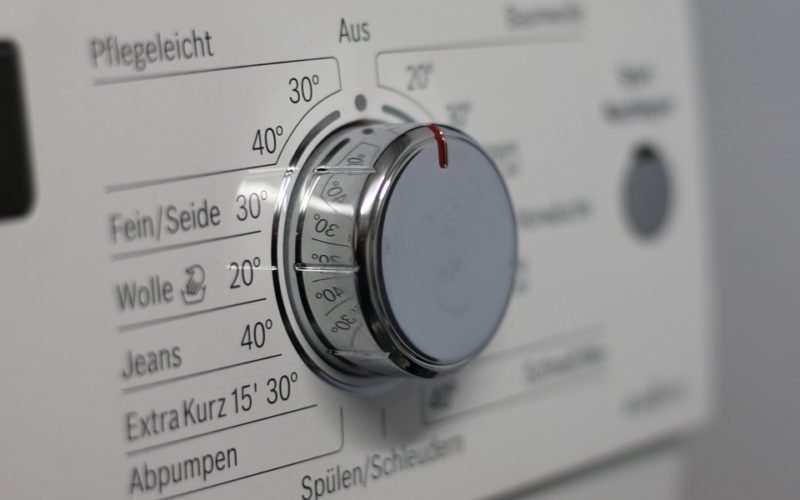In an era where sustainable living is becoming more crucial than ever, the concept of the passive house stands out as a beacon of innovation and practicality. Originating in Germany in the late 1980s, the passive house standard is now a globally recognised benchmark for energy-efficient buildings. But what exactly is a passive house, and why should you consider one for your next home or renovation project?
Energy efficiency at its core
At the heart of a passive house is its exceptional energy efficiency. Unlike conventional homes, which often rely heavily on external energy sources for heating and cooling, a passive house is designed to maintain an optimal indoor climate with minimal energy consumption. This is achieved through a combination of advanced insulation techniques, airtight construction, and high-performance windows. By reducing the need for artificial heating and cooling, passive houses can lower energy bills significantly and contribute to a more sustainable environment.
Comfortable and healthy living spaces
A common misconception about energy-efficient homes is that they sacrifice comfort for sustainability. However, passive houses debunk this myth entirely. These homes are designed to provide a consistent indoor temperature throughout the year, regardless of the weather outside. This not only ensures a comfortable living environment but also promotes better health. The airtight construction of passive houses helps keep out pollutants, allergens, and moisture, creating a healthier indoor air quality.
Additionally, the use of ventilations systems with heat recovery further enhances air quality by ensuring a steady supply of fresh, filtered air.
The role of bathrooms and bathroom fitters in passive houses
When it comes to the design and construction of passive houses, every detail matters—including the bathrooms. Bathrooms in passive houses must be designed to maximise efficiency while maintaining comfort and functionality. This often involves the use of water-saving fixtures and fittings, as well as ensuring proper ventilation to prevent moisture build-up.
Hiring an experienced bathroom fitter who understands the principles of passive house construction can make a significant difference. These professionals can ensure that all installations meet the rigorous standards required for a passive house, contributing to the overall energy efficiency and environmental sustainability of the home.
Financial and environmental benefits
Investing in a passive house can offer substantial financial and environmental benefits. While the initial cost of building a passive house may be higher than that of a conventional home, the long-term savings on energy bills can more than offset this initial investment. In fact, studies have shown that passive houses can reduce heating and cooling energy use by up to 90% compared to traditional buildings. Furthermore, by reducing reliance on fossil fuels, passive houses contribute to lower carbon emissions, helping combat climate change and promote a greener future.
Challenges and considerations
Despite their numerous benefits, passive houses do come with certain challenges and considerations. The design and construction of a passive house require meticulous planning and attention to detail. This often means working with architects, builders, and bathroom fitters who are well-versed in passive house standards. Additionally, homeowners must be prepared for a potentially higher upfront cost. However, with the right team and a clear understanding of the long-term benefits, these challenges can be successfully navigated.
The future of passive houses
As awareness of environmental issues and energy efficiency continues to grow, the demand for passive houses is likely to increase. Governments around the world are also recognising the importance of sustainable building practices, offering incentives and subsidies for passive house construction. Whether you're looking to build a new home or retrofit an existing one, considering the passive house standard can be a smart and forward-thinking choice. By prioritising energy efficiency, comfort, and sustainability, passive houses represent a significant step towards a more sustainable future.
Passive houses offer a compelling blend of energy efficiency, comfort, and environmental sustainability. From the strategic design of bathrooms to the expertise of bathroom fitters, every aspect of a passive house is crafted with precision and care. While the path to building a passive house may present certain challenges, the long-term benefits make it a worthwhile investment for those committed to sustainable living.
























